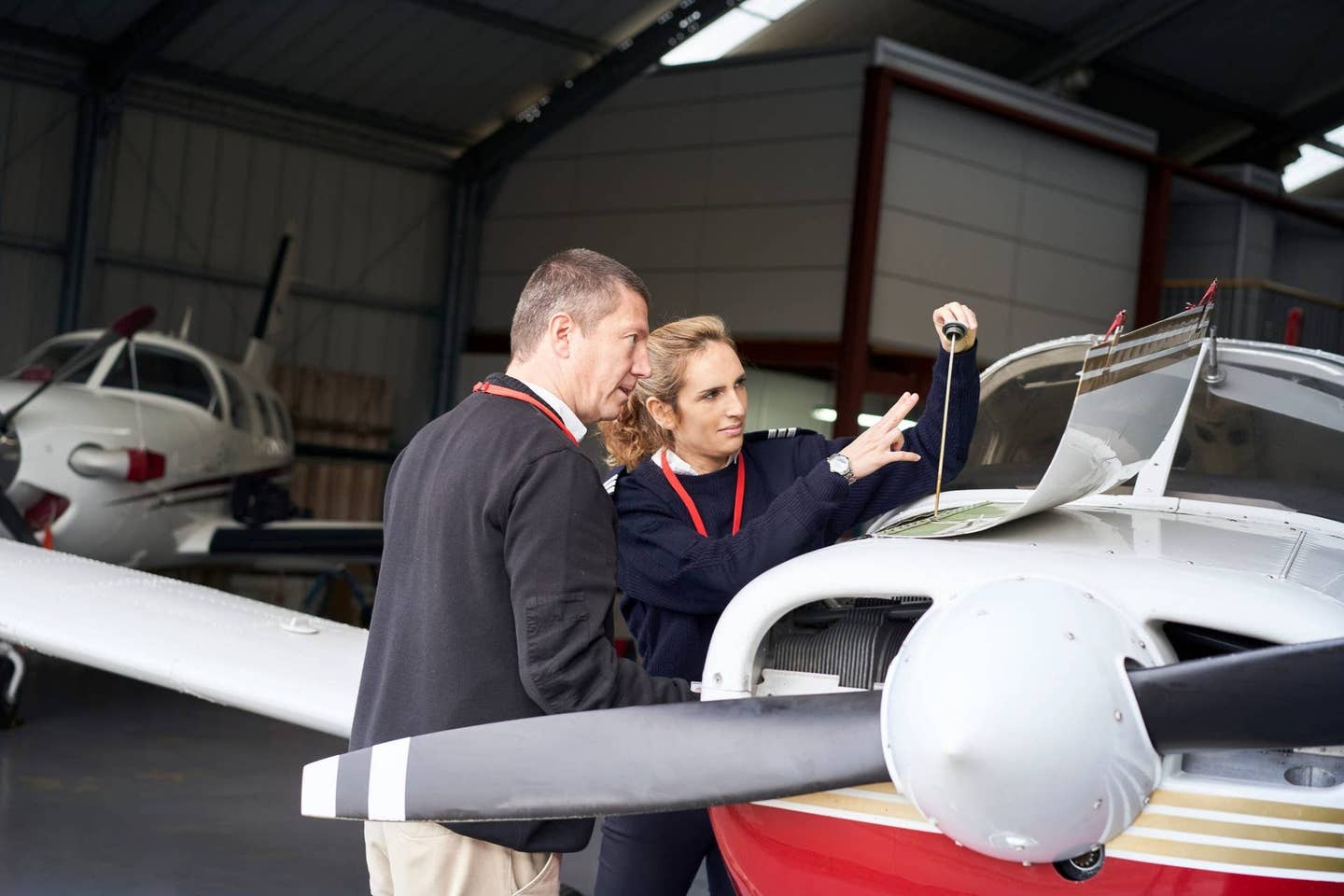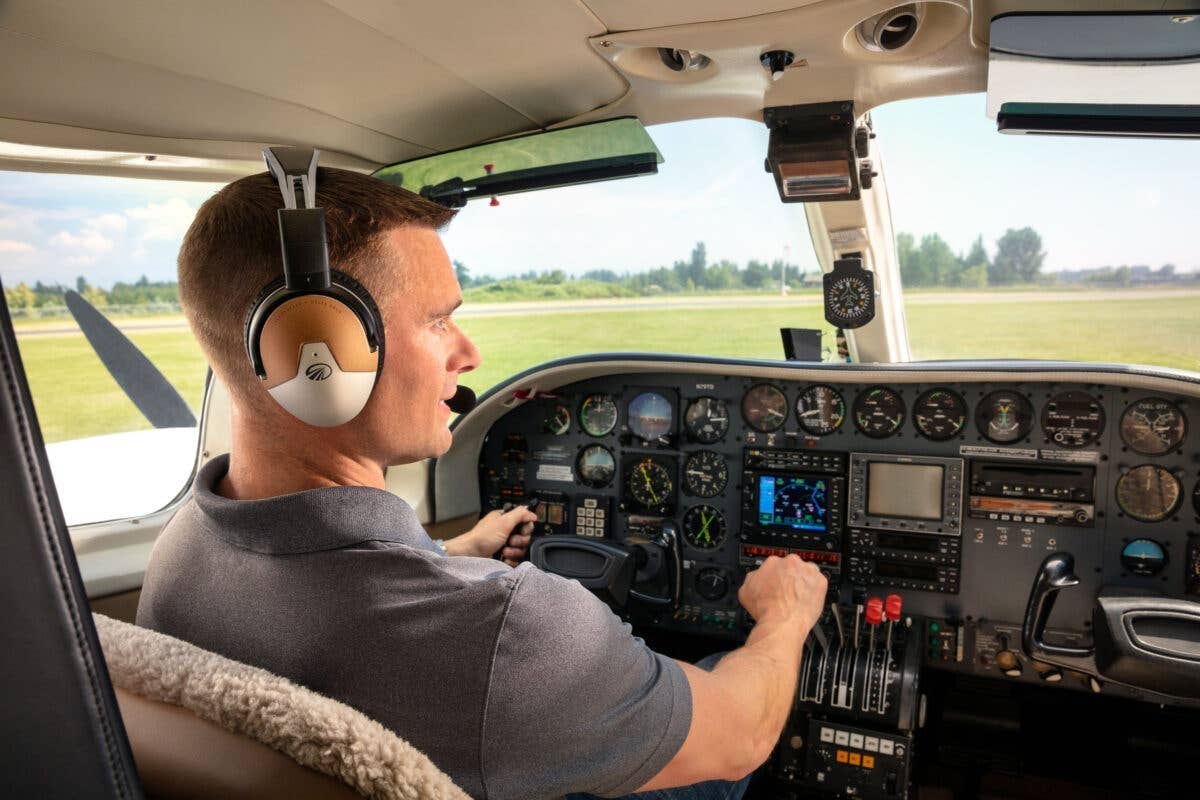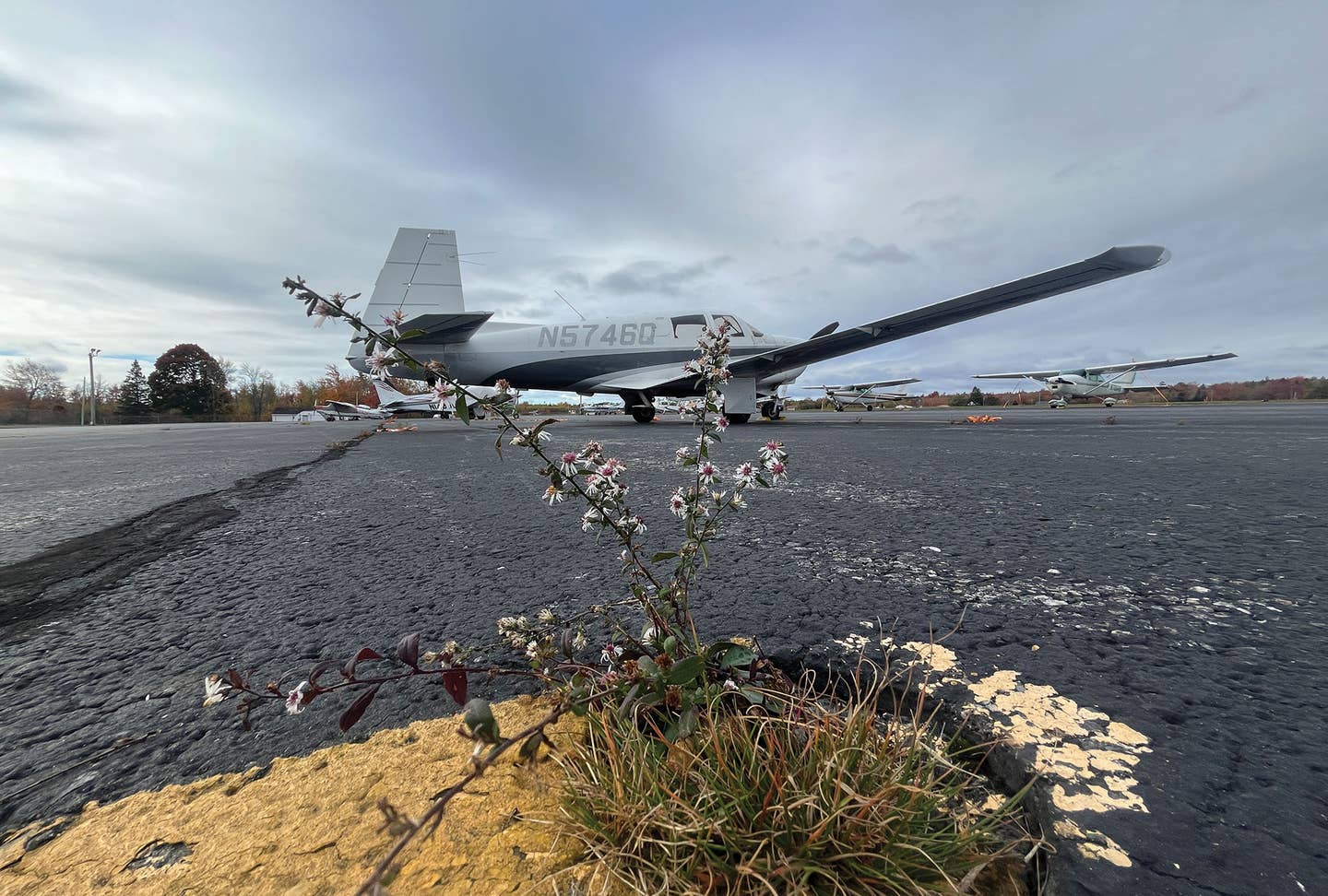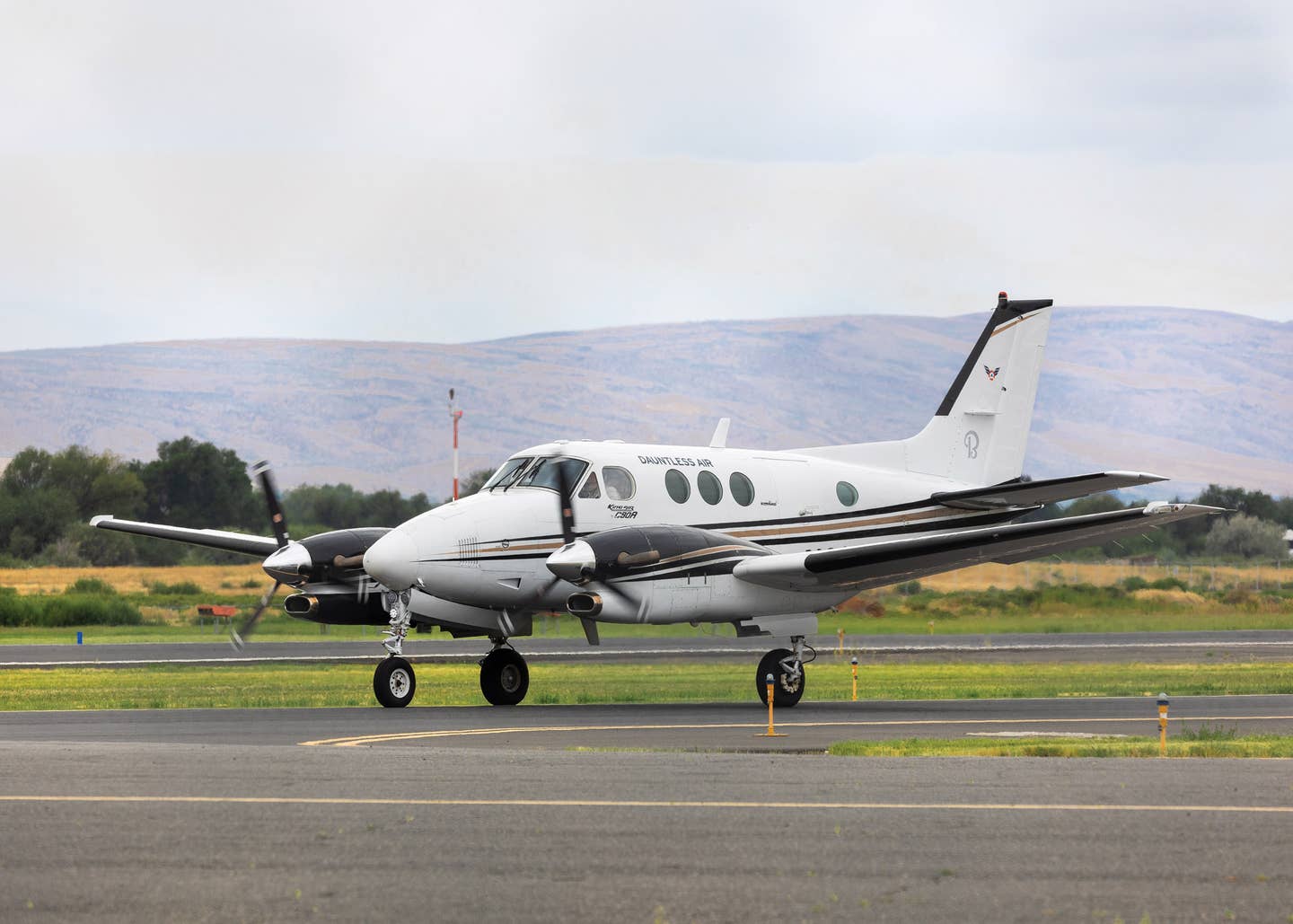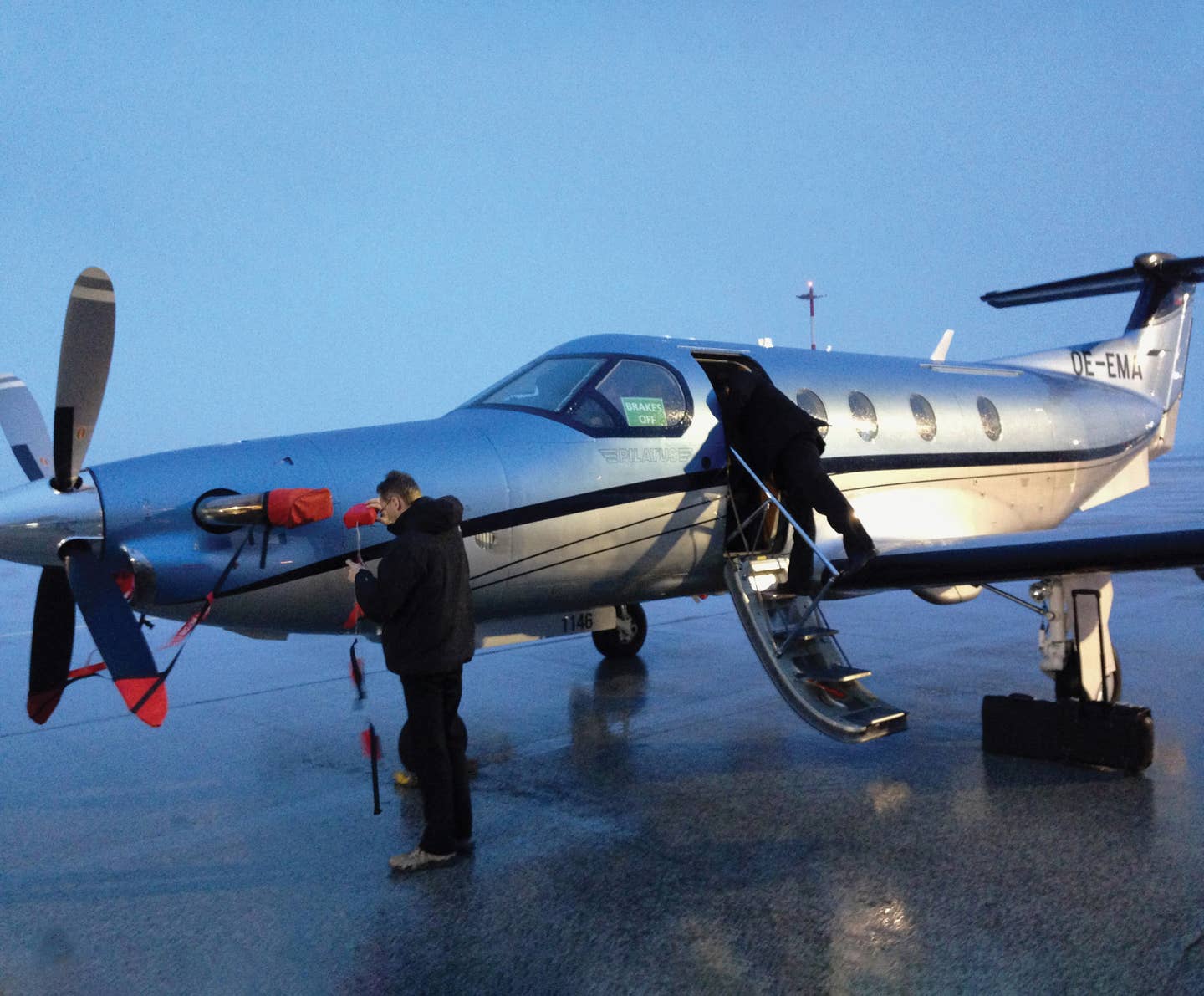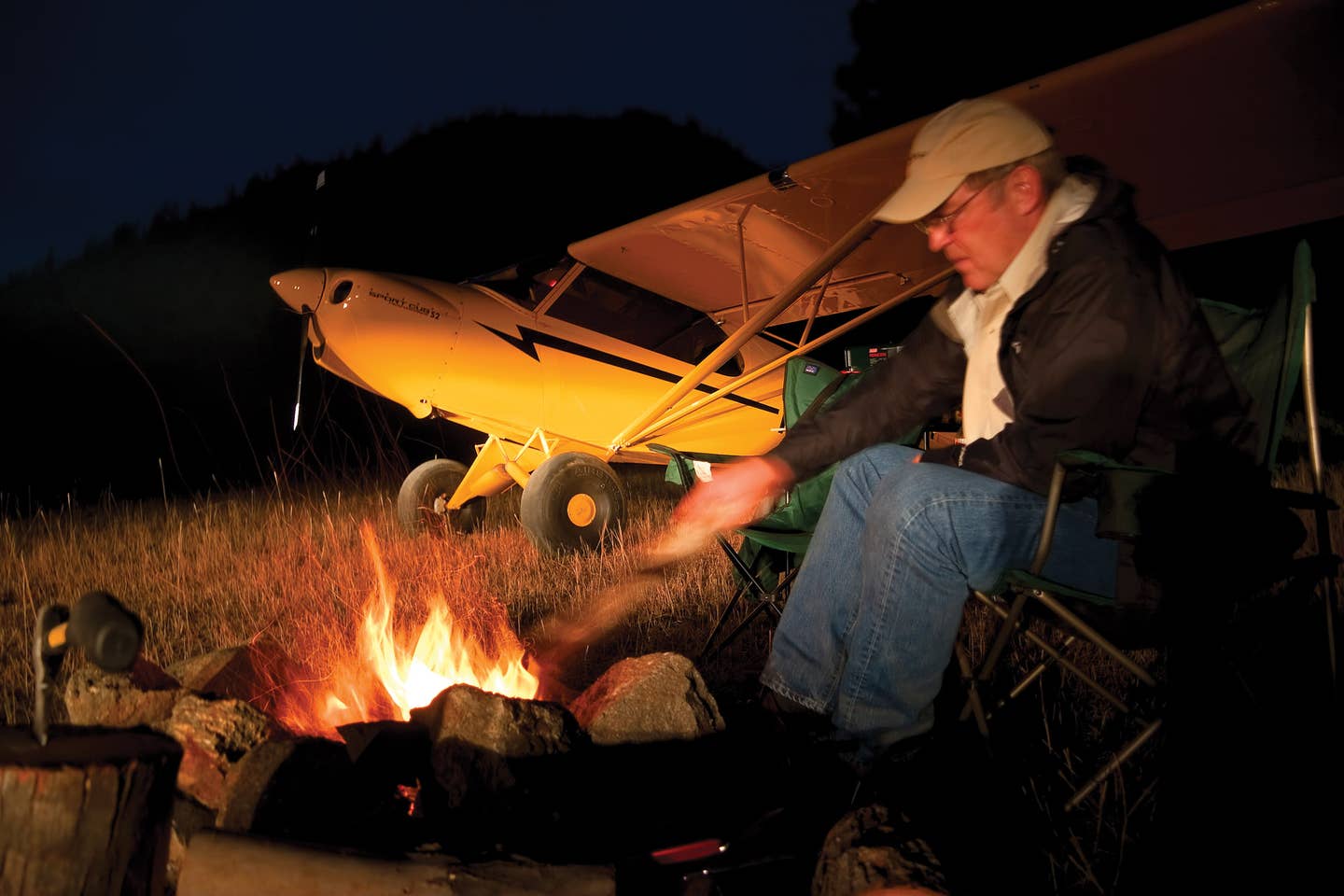An Italian Light Twin Returns To Claim Its Star
The former Partenavia line finds a new welcome in the U.S.
 |
Like a rock star of a certain age going back on the arena circuit, rumors of the return of the light twin formerly known as Partenavia---now the Vulcanair---have echoed around the domestic GA world for the better part of a decade. The Italian aircraft was a minor hit in the States back in the early '90s, with its clear-nosed P68 Observer model favored by wildlife, law enforcement and other agencies for its utility and economy of operation. Then, it disappeared. Fans of the era hailed it as a multi-talented performer capable of taking on roles as a bush plane, cargo carrier, trainer, even executive transport. But that was more than 20 years ago. If a comeback materialized, would the Vulcanair still have what it takes to make it in the U.S. market?
A Star Returns
Word came just before this year's Sun 'n Fun Fly-In that the P68 would relaunch in America at the event, and Plane & Pilot was invited to meet the enduring star during its reintroduction.
Resembling a svelte Aero Commander, N610VC, a new P68Vr retractable, was on the ramp at LAL's Landmark Aviation with Chris Benaiges of Miami-based Americana Aviation, Vulcanair's U.S. distributor and also Flight Design's Southeast U.S. and Caribbean rep. Benaiges and two senior partners---Javier Cervera (www.cervera.com), a successful real estate entrepreneur and longtime private pilot, and Tony Alvarez, a retired Eastern Airlines pilot with longtime aviation business interests---formed Americana in 2012, and the Vulcanair had been in their sights since then. "We felt it could serve in niche markets nobody's touching," he said.
The two 200 hp IO-360 Lycomings and the fat wings together produce a 1,500-pound useful load and a 160-knot cruise speed (retract) on 19 gallons per hour, combined with takeoff and landing rolls of about 800 and 700 feet, respectively.
The thick airfoil on the P68 series, the high-wing configuration and sturdy gear make the Vulcanair comfortable on unimproved fields. Benaiges admitted this retract version might not be the first choice among V-models for bush ops, "but there's no reason not to do soft-field, gravel-field, off-road landings," he said, as he led the walkaround. "The airplane is really designed for that purpose. The beefy gear has no issue with that."
Given these attributes, the question may be not if there's room in the light-twin market for this aircraft, but what went wrong the first time around?
The Italian Partenavia P68, first produced in 1972, was designed by Luigi Pascale, a professor at Naples University; it was a departure from his earlier fabric singles designed for the club market. Pascale's company went through several ownership changes before Vulcanair, based in Casoria, Italy, bought the Partenavia's type certificate, design rights and trademarks out of bankruptcy in the mid-1990s. Some 450 P68s are now operating worldwide, according to the manufacturer. But in the U.S., "Nobody's touched the market since Vulcanair got the assets 20 years ago," Benaiges said.
 A well-stocked overhead panel and beefy power quadrant give the Vulcanair light twin the look of a larger multi. A well-stocked overhead panel and beefy power quadrant give the Vulcanair light twin the look of a larger multi. |
The partners' interest was sealed at Sun 'n Fun 2014, where they checked out a new P68 en route to a buyer in Brazil. That July, the two companies, in discussions since 2013, signed their distribution agreement. (A previous effort by an Orlando-based company to bring the Vulcanair to the U.S. was unsuccessful.)
The Vulcanair---Outside In
Nothing on walkaround is new to anyone who has preflighted a standard high wing, except you'll need a stepladder to check the oil, as well as the fuel. This Vulcanair, like others for export, is outfitted with auxiliary fuels tanks, providing the range needed for their transatlantic ferrying. Fuel transfers from the auxiliary tanks by gravity as the mains empty, whereas the Partenavia required a transfer pump.
The sponson-like gear housings over the undercarriage on the retractable Vulcanair give the fuselage a little added swagger.
A light under the wing abeam the cabin door automatically illuminates for up to two minutes when the door is opened---the time is adjustable. The Vr's factory-made leather seats can be tailored to customer preferences through an "almost endless" choice of leathers and accessory fabrics, Benaiges said. They can be arranged in club configuration, like the demo aircraft, or rows. Bench seating is standard for the last row, but individual seats are available as an option, and any individual seat can be removed for extra space or carrying cargo.
P68s are also available in cargo configuration, with no seats aft of the cockpit (in standard configuration, the cargo area still holds 400 pounds), special mission operations featuring a workstation for intelligence gathering equipment and two seats for monitors, and a medevac interior for patient transport.
N610VC's seats are two-tone light gray with a stitched Vulcanair logo, accented by dark-gray carpet with off-white sidewall paneling. Every seat position has overhead LED lighting and USB charger for mobile devices, and each cabin window a sliding curtain.
 The Garmin avionics suite incorporates belly cameras that display gear position. |
Pilot's Viewpoint
A pilot door is standard on the Vr, the private entrance enhancing the feeling of command when taking the left seat. The cockpit is comfortable and well-laid out and features a Garmin G950 avionics suite. This is the first P68 in the U.S. equipped with a Garmin panel; French avionics manufacturer Sagem previously supplied the glass panelware, but Garmin will provide the panels for the U.S. market henceforth. Future iterations will also have a GFC 700 autopilot; the demo aircraft is equipped with an S-TEC.
The electrical panel and environmental controls are on the upper-left sidewall. In front, the instrument panel hosts a PFD facing the pilot, an MFD in the center with the audio panel set vertically between the screens and circuit breakers placed prominently before the right seat. Light switches are in front of the pilot along the panel bottom, gear handle and flap selector in the center, and autopilot, trim and additional system controls face the copilot's position. Like the rest of the airplane, the cockpit uses LED lighting, and pilots can select blue, as well as red or white, for night operations.
The performance numbers and around-the-clock capability got me thinking of favorite wild destinations we could load up and be at in an hour or three---the Bahamas, the Yucatan, the Keys---but the Vulcanair had to be back here on display at LAL to meet its public when the show opened at 9 a.m., so we'd settle for an aerial reconnaissance of the islands of Tarpon Springs some 45 nm WNW.
Operating The Vulcanair
Private pilots may feel they're flying an airplane above their grade level as they reach up to push the engine start button on the overhead panel. Other-wise, start-up is basic injected Lycoming times two, left side first. Following the respective starts, bring the generator/alternators online.
Operations in and out of Sun 'n Fun are often an adventure, and on this morning, the announcement on frequency of an impending temporary airspace closure had us hustling to get underway. For taxiing, individual thrust controls combined with the differential braking give the Vulcanair exceptional ground maneuverability, capable of pivoting 360 degrees in place. We rolled onto 9L and lined up with one notch of flaps in and fuel pumps on. Benaiges talked me through the takeoff: Throttles are advanced full on a five-count. Lightly loaded, the Vulcanair accelerates briskly. Look for 65 to 70 knots and apply back pressure. Aim for an 80-knot climbout and retract the gear once a positive rate is established. The VSI tape should register 1,300 to 1,400 fpm at sea level. At 500 feet AGL, pitch down to a climb speed of about 105 knots for better visibility and an 800 to 900 fpm climb. Turn the fuel pumps off at 1,000 feet AGL. You can keep the same climb speed and performance up to about 8,500 msl in normally aspirated engines. Upon reaching altitude, max cruise power of 80% is about 23 squared. That was 1,500 feet for us as we headed toward the coast. On the way, Benaiges showcased the Vulcanair's gear condition verification system: The MFD can display feeds from a pair of belly cams trained on the main and nose gear, providing visual evidence of their positions.
This was our first time over the Tarpons Springs coast. The string of isles, alternately primeval and condo-studded, seemed to reflect the raw and refined natures of the P68 itself.
 Whether going into rough fields or hauling executives in comfort, the Vulcanair's capabilities make it a welcome addition to the light-twin market. |
On the way back toward LAL, we stay north of Tampa's Class Bravo for air work. The Vulcanair has a familiar feel to anyone who has time in a high-wing Cessna. Visibility is excellent, particularly over the nose, even without the Plexiglas snout of the Observer.
Keeping 2,300 rpm, we pulled the throttles back to about 15.9 inches to check slow flight characteristics. The first notch of flaps (15 degrees) and the gear can be dropped at 135 knots, though we kept the gear up, despite the bleating gear horn. At 105 knots, the flaps can be dropped to 30 and 35 degrees. All the while, our speed was bleeding off, now bouncing between 60 and 65, just above minimum controllable airspeed (MCA) at our weight. Trimmed about two degrees nose up at 65 knots, we made shallow turns to the left and right, the Vulcanair maneuvering stably.
 |
But most pilots are more concerned about a twin's engine-out characteristics than slow flight handling. To simulate the an engine out, after throttling both up to cruise power, in lieu of feathering the prop, we simply pulled back to 500 rpm and idle power on the No. 1 (critical) engine. Flying at about 97 knots, rudder trim compensated for the asymmetric thrust, and turns in both directions, keeping about five degrees of bank into the operative engine, were again uneventful.
Time was also flying, and the Vulcanair's faithful fans were doubtlessly starting to gather, so we called the tower and received clearance for the Sun 'n Fun Warbird Arrival from the south, cutting considerable time off having to fly the standard Lake Parker Arrival. Benaiges briefed me on pattern speeds, manifold pressures and flap settings. The numbers underscore the twin's docile nature: 90 to 100 knots on downwind, 80 to 85 on base and 75 to 80 on final. And of course, we've got the belly cams to confirm our gear is down. Given the performance, the characteristics and capabilities, and the thin competition in the light-twin market, I'm thinking this comeback could be bigger than the first time around.
But this is Sun 'n Fun, and the tower announces without explanation that LAL is temporarily closed. We're told to hold in present position, five miles south of the field, number two behind a Ford Tri-Motor in sight. Initial indications are it's going to be at least half an hour. We pull back to 20 inches and fly lazy racetracks. We won't be back on the ground before 9 a.m. Benaiges is a little concerned, but the Vulcanair is cool and calm. It has kept fans waiting for 20 years. What's a few more minutes?

Subscribe to Our Newsletter
Get the latest Plane & Pilot Magazine stories delivered directly to your inbox

